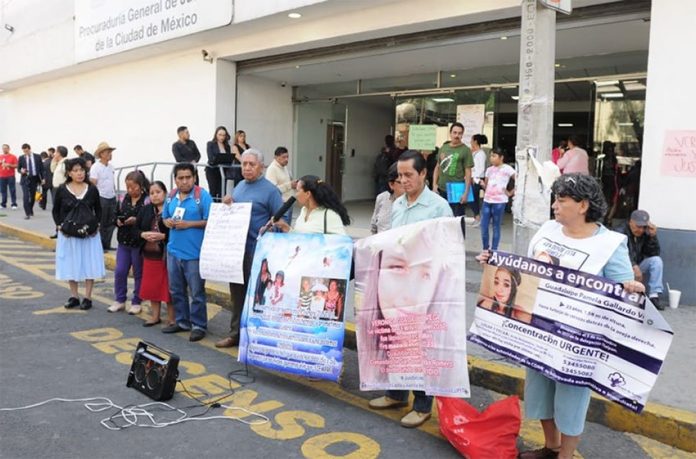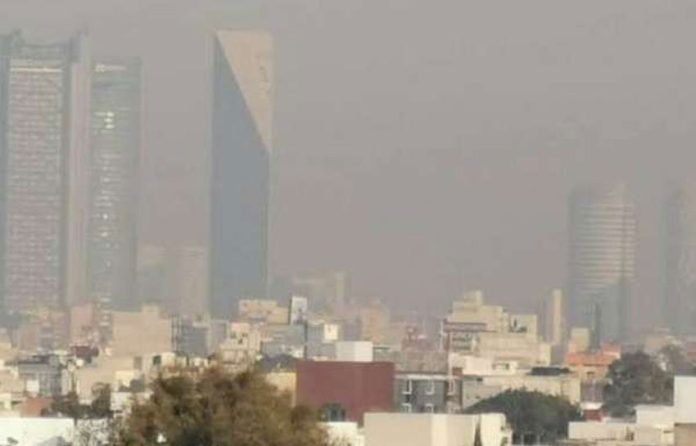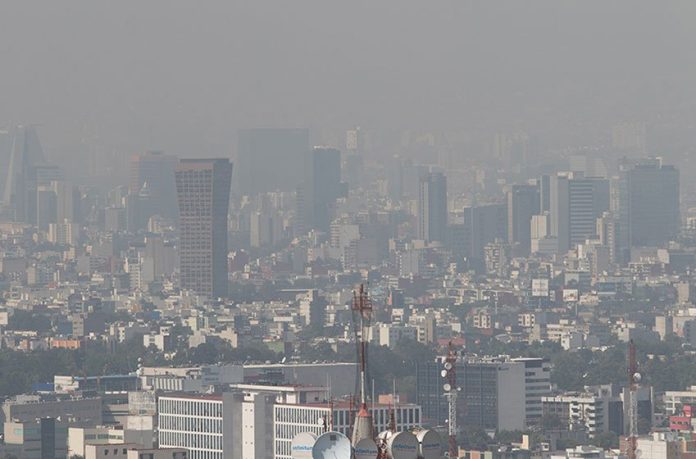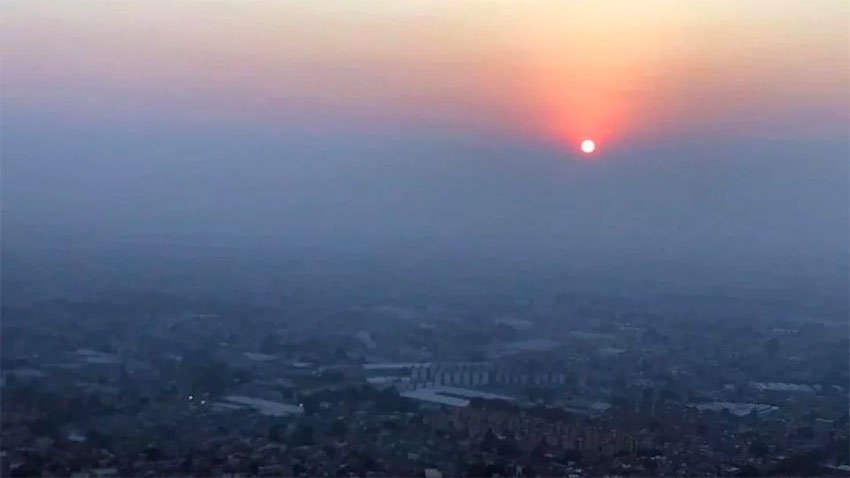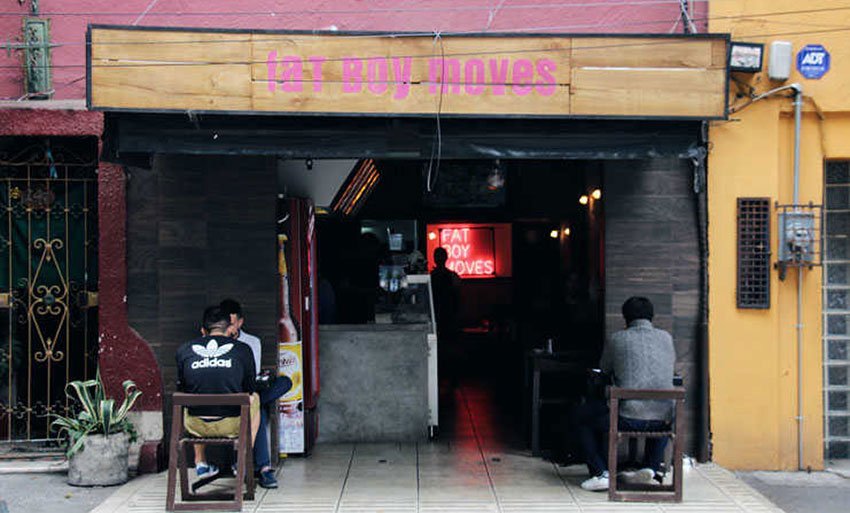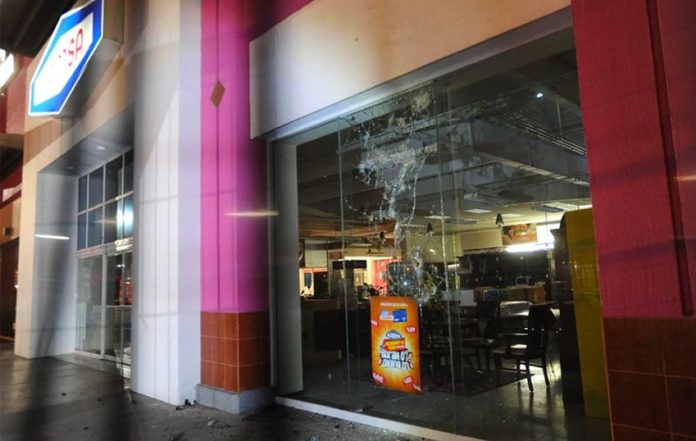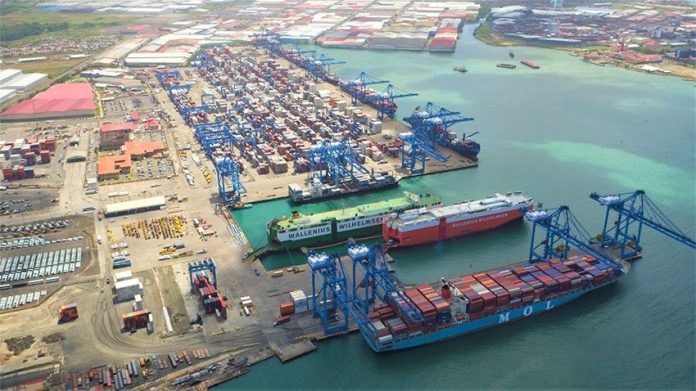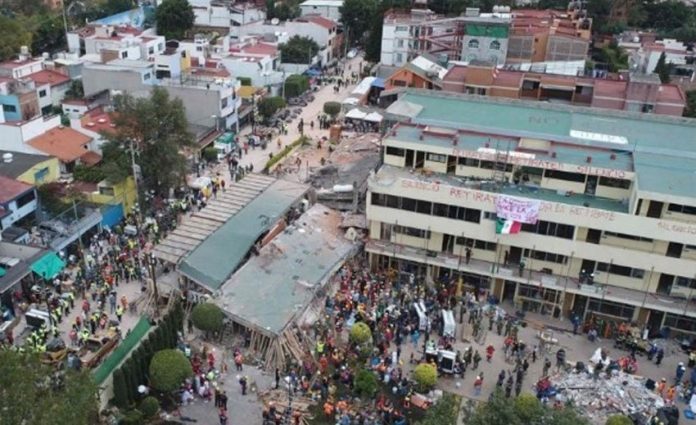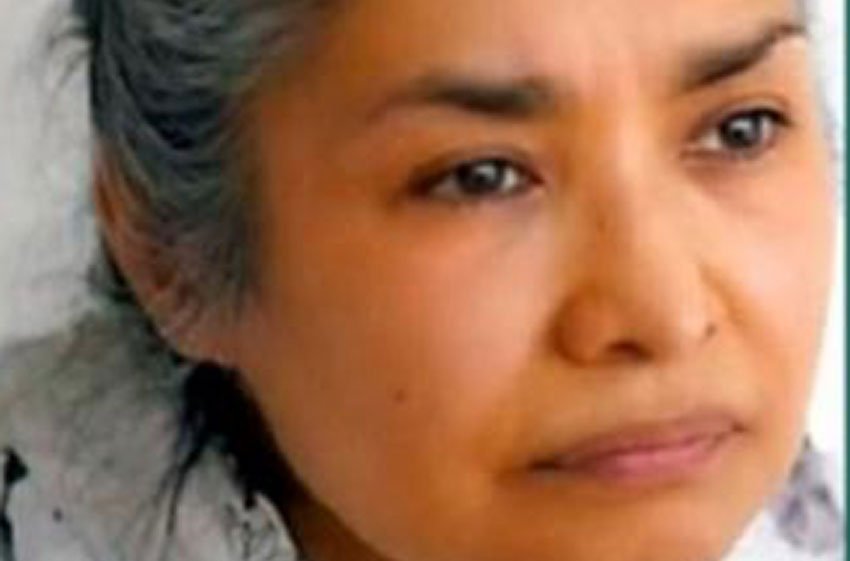The Attorney General’s Office (FGR) has been criticized after advising parents to take DNA samples of their children so authorities would be able to identify them if they were abducted and killed.
In a Twitter post Sunday, the FGR said “in the event of any mishap, always have the [personal] details of your daughters and sons at hand. Additionally, take a DNA sample from each of them.”
The post included an animated video with instructions about how to collect a DNA sample.
“To collect DNA from your children you must have two cotton swabs, a paper envelope and a base to dry the cotton swabs,” the video said.
The sample is obtained by rubbing the cotton swabs on the inside of a child’s cheeks.
After drying the swabs overnight they should be stored in an envelope on which the name of the child has been written.
Via its Amber Alert program – a child abduction emergency alert system – the FGR also advises parents to place personal details about their children, including their age, distinguishing features, CURP identity number and fingerprints, in the same envelope.
Twitter users were quick to criticize the FGR for its DNA collection advice.
Maria Luisa López suggested that the federal department would be better off acting to combat organized crime than making a recommendation that she described as “terrifying.”
Another Twitter user offered a similar appraisal, writing that authorities should provide better public security so “corpses don’t have to be identified.”
One person said the FGR’s advice was akin to the federal government “admitting its failure” to combat high levels of violent crime.
There were 7,242 homicide cases reported between January and March, making the first quarter of 2019 the most violent in recent history.
A report by the Network for Children’s Rights in Mexico (Redim) said that 285 minors were murdered in the period.
Another report issued by the United Nations Children’s Fund (UNICEF) last week said that more than 10,000 minors were murdered in Mexico between 2010 and 2017 and that around 20% of missing persons at the conclusion of the latter year were children.
Since President López Obrador took office on December 1, 337 bodies have been exhumed from 222 newly-discovered hidden graves, the federal government revealed today, including at least 35 that were retrieved from sites in the Guadalajara metropolitan area last week.
There are more than 40,000 missing persons in Mexico, 26,000 unidentified bodies in morgues and an estimated 1,100 clandestine graves, according to official statistics.
Source: El Universal (sp)
